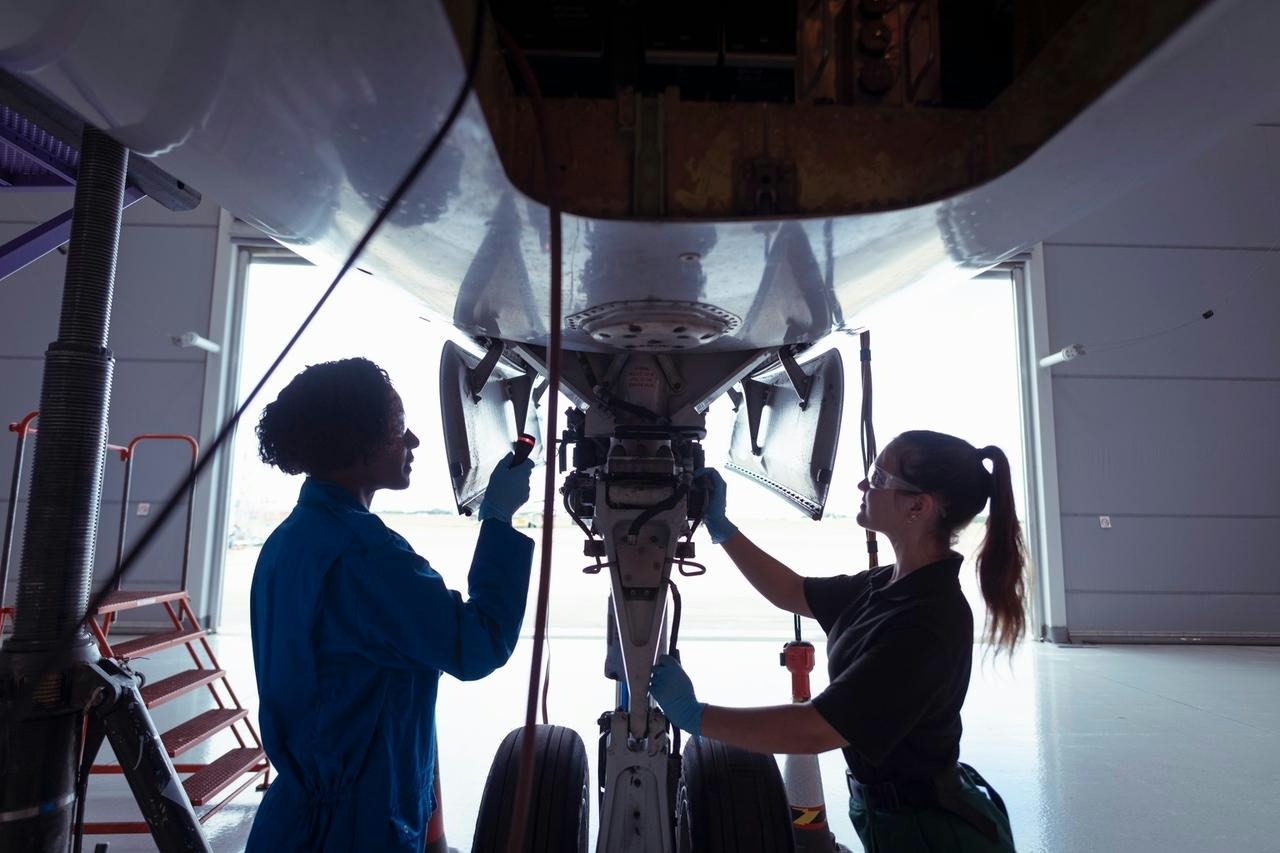
AeroGenie – Ihr intelligenter Copilot.
Trends
Categories
Alaska Airlines Orders Additional Boeing 787s, Plans Dreamliner Base in Seattle
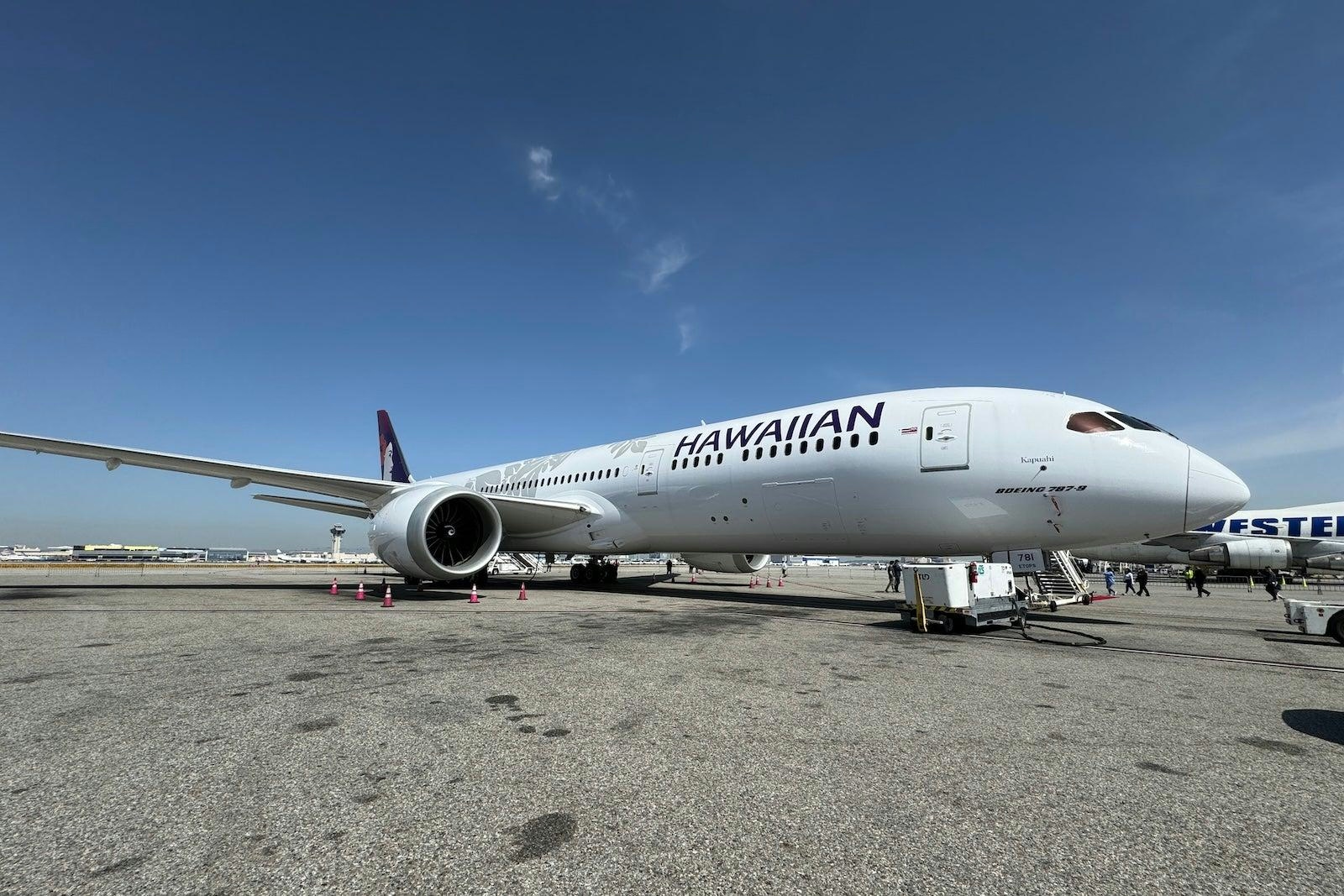
Alaska Airlines Expands Boeing 787 Fleet and Establishes Dreamliner Base in Seattle
Alaska Airlines is intensifying its long-haul expansion from Seattle-Tacoma International Airport (SEA) with an order for five additional Boeing 787-9 Dreamliners. The Seattle-based Oneworld carrier has exercised purchase rights for these aircraft from the Hawaiian Airlines orderbook, as confirmed by Larry Payne, chair of the Hawaiian Airlines Master Executive Council at the Air Line Pilots Association (ALPA), during the Alaska Pilots Podcast. This acquisition increases Alaska’s firm commitments for the 787-9 to 13, supplementing the four already in its fleet as of March 2024. In addition to the Dreamliners, Alaska has also exercised options for 12 more Boeing 737 MAX 10s and plans to open a Hawaiian 787 pilot base in Seattle by March 2026.
Strategic Growth Following Hawaiian Merger
These fleet developments reflect Alaska’s broader strategy following its merger with Hawaiian Airlines, which was finalized in September 2024. Alaska’s management has emphasized that Hawaiian’s 787s will play a pivotal role in connecting Seattle with international destinations. The airline inaugurated its first long-haul flight from Seattle in May, operated by Hawaiian using an Airbus A330, to Tokyo Narita. Service to Seoul’s Incheon International Airport is scheduled to commence on September 12, with flights to Rome Fiumicino—the first European destination jointly served by Alaska and Hawaiian—planned for May 2026. Hawaiian will operate the Seoul route with an A330 and the Rome route with a 787, introducing Alaska’s new flagship international experience.
Navigating a Crowded Market
Alaska’s expansion occurs amid intensifying competition at SEA. The airline aims to operate at least 12 long-haul intercontinental routes from Seattle by the end of the decade, but this ambition faces challenges from market saturation and direct rivalry. Delta Air Lines, Alaska’s largest competitor in Seattle, has responded promptly to Alaska’s transatlantic plans. Shortly after Alaska announced its Rome service, Delta revealed nonstop flights from Seattle to Rome and Barcelona, both launching in May 2026. With an established long-haul base in Seattle and existing flights to Asia and Europe, Delta is well-positioned to counter Alaska’s international growth.
Delta’s expansion represents a strategic effort to maintain its market dominance in Seattle as Alaska broadens its global footprint. While Alaska remains the largest carrier in the Puget Sound region and a favored hometown brand, it now confronts a more crowded and competitive international market.
Looking Ahead
As Alaska Airlines expands its Dreamliner fleet and prepares to establish a 787 base in Seattle, the airline is placing significant emphasis on enhanced global connectivity to drive its next phase of growth. However, with major competitors like Delta increasing their international offerings from Seattle, Alaska’s long-haul ambitions will face considerable tests from evolving market dynamics and heightened competition.
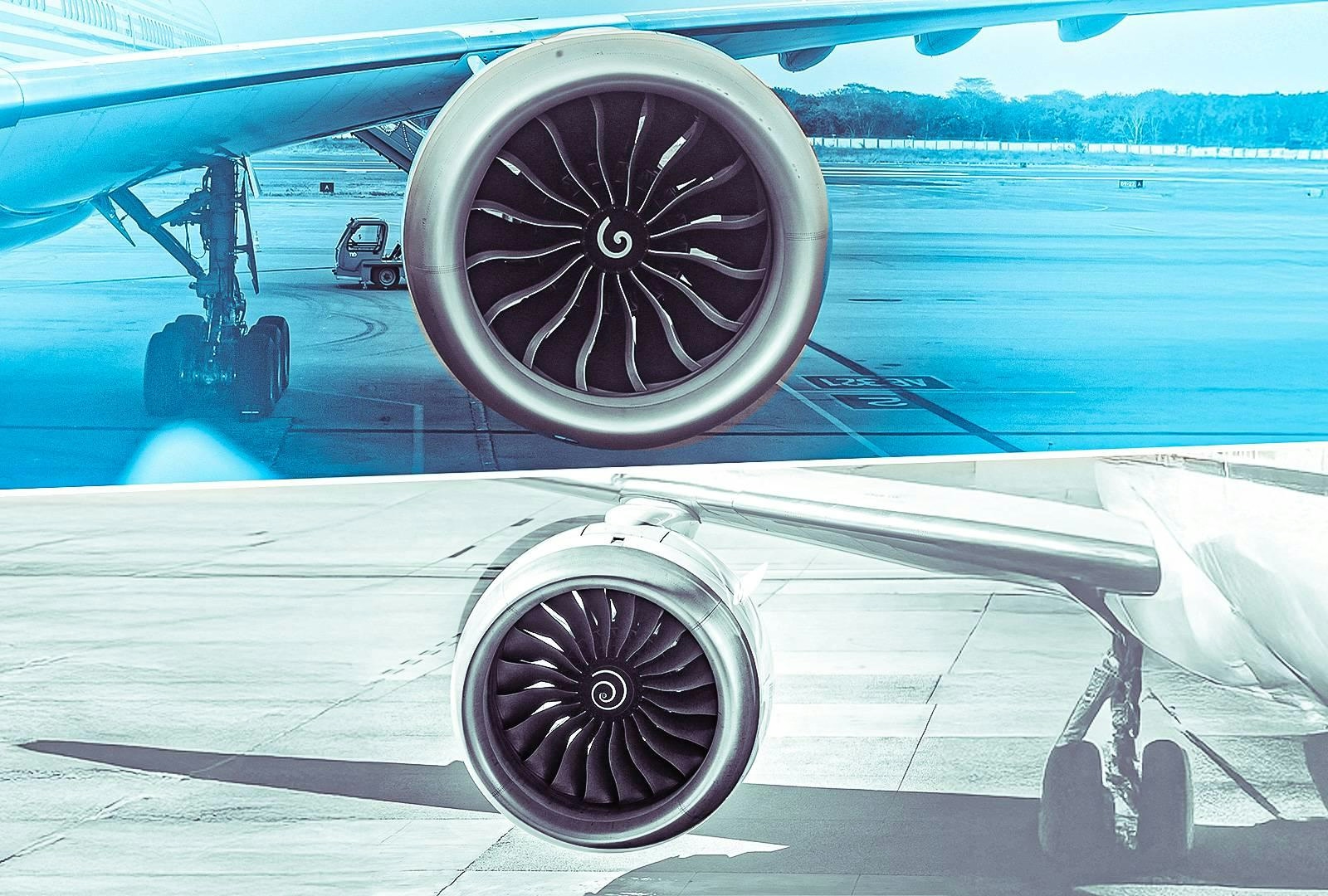
flydubai Signs Agreement with GE Aerospace for 60 GEnx-1B Engines
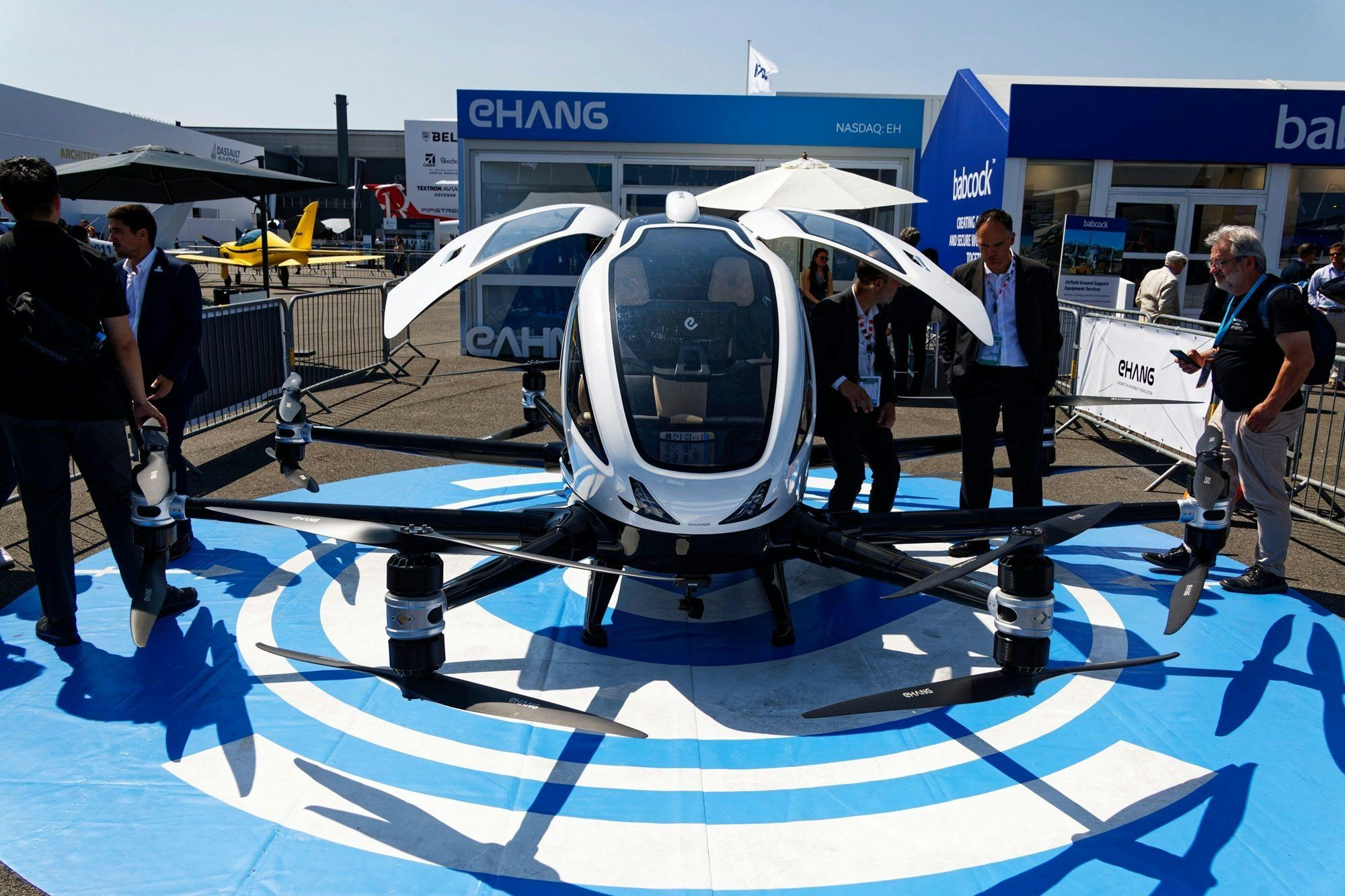
Flying taxi travel to be as easy as ordering an Uber, Dubai Airshow exhibitors say
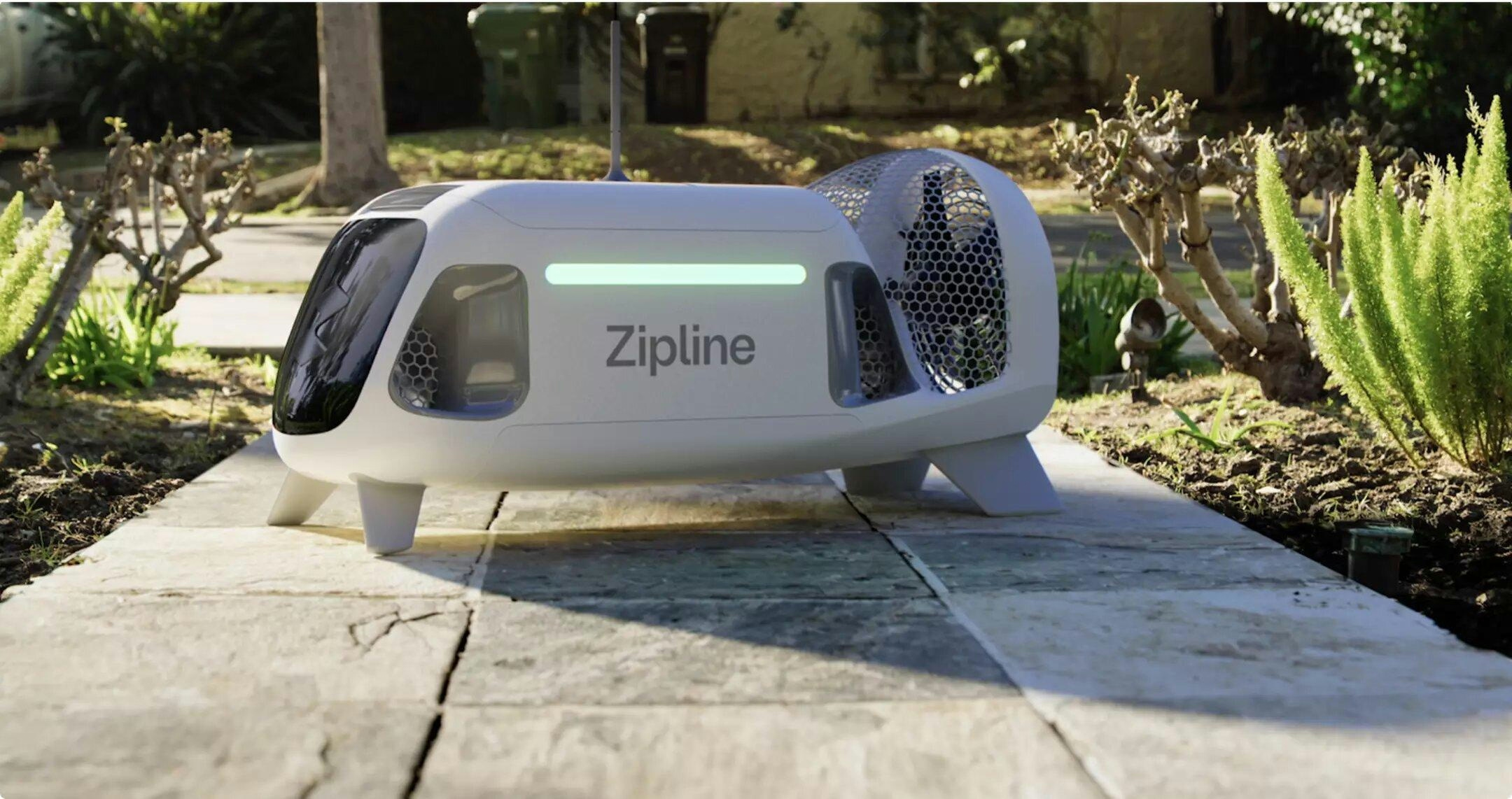
Inside Zipline’s Approach to Drone Safety Testing
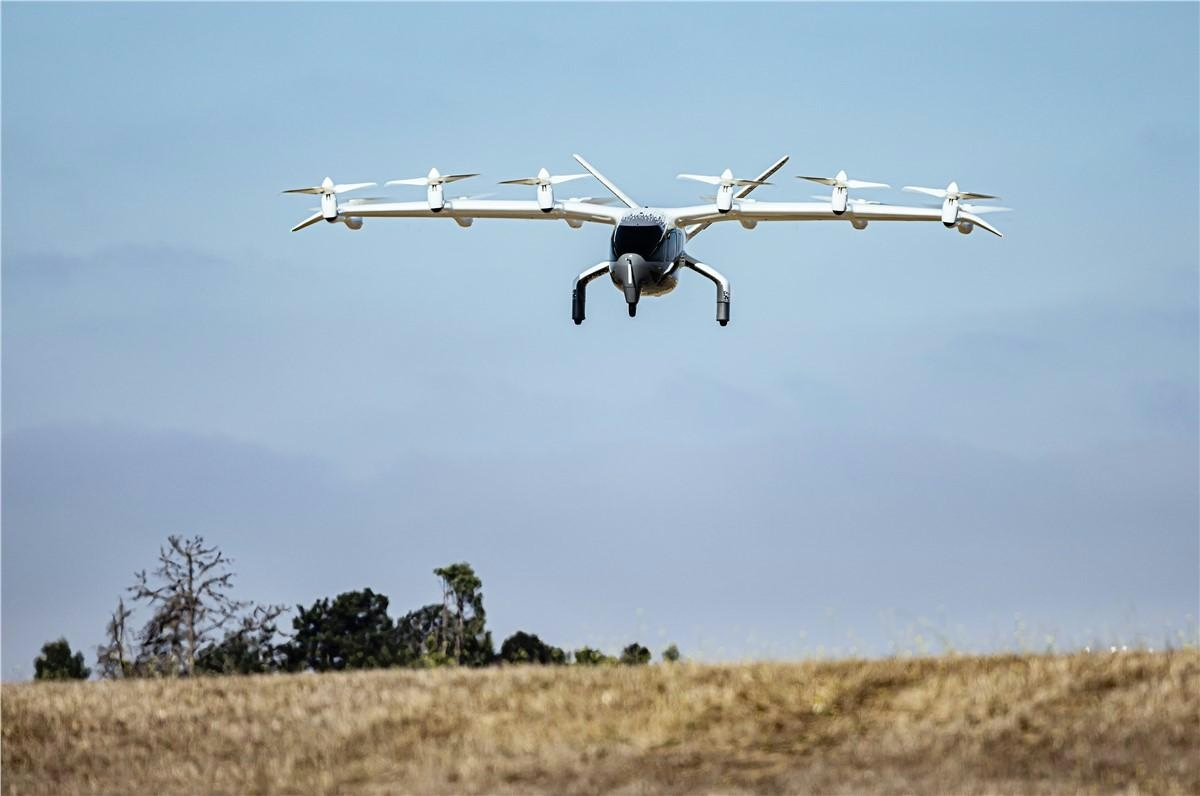
Joby Aviation Debuts Air Taxi at Dubai Airshow
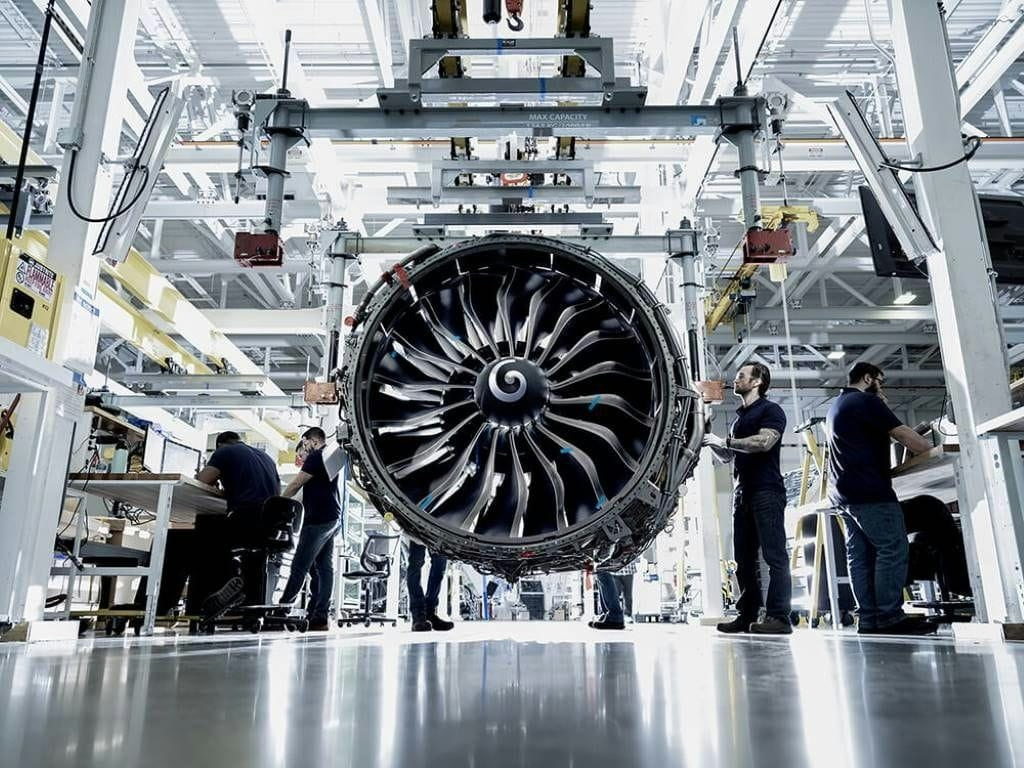
CFM International Advances LEAP Engine Development

AMMROC and Boeing Sign Memorandum of Understanding for Collaboration
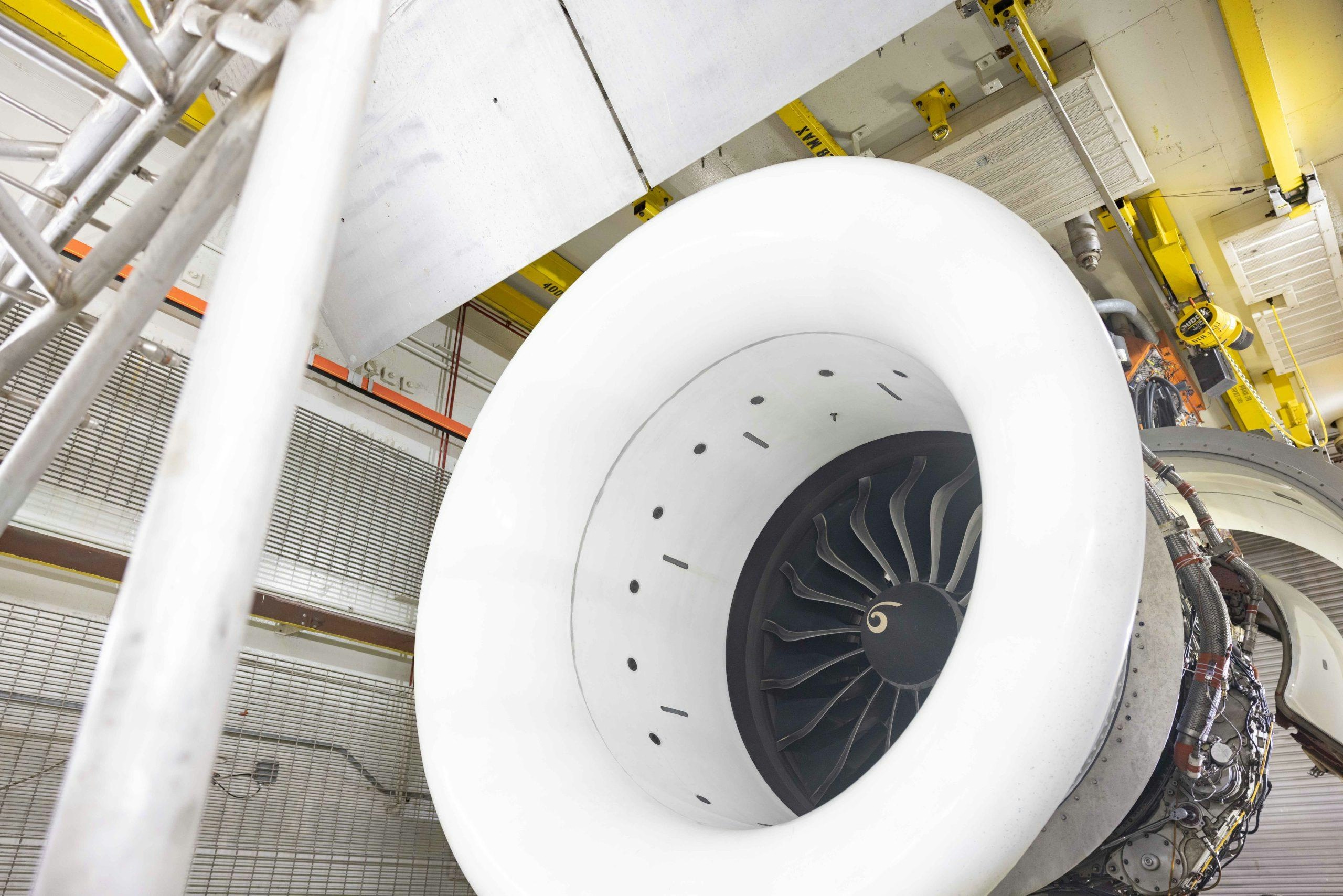
Avolon Orders 100 LEAP-1A Engines for Airbus A320neo Fleet

Joby announces three new vertiports for Dubai network
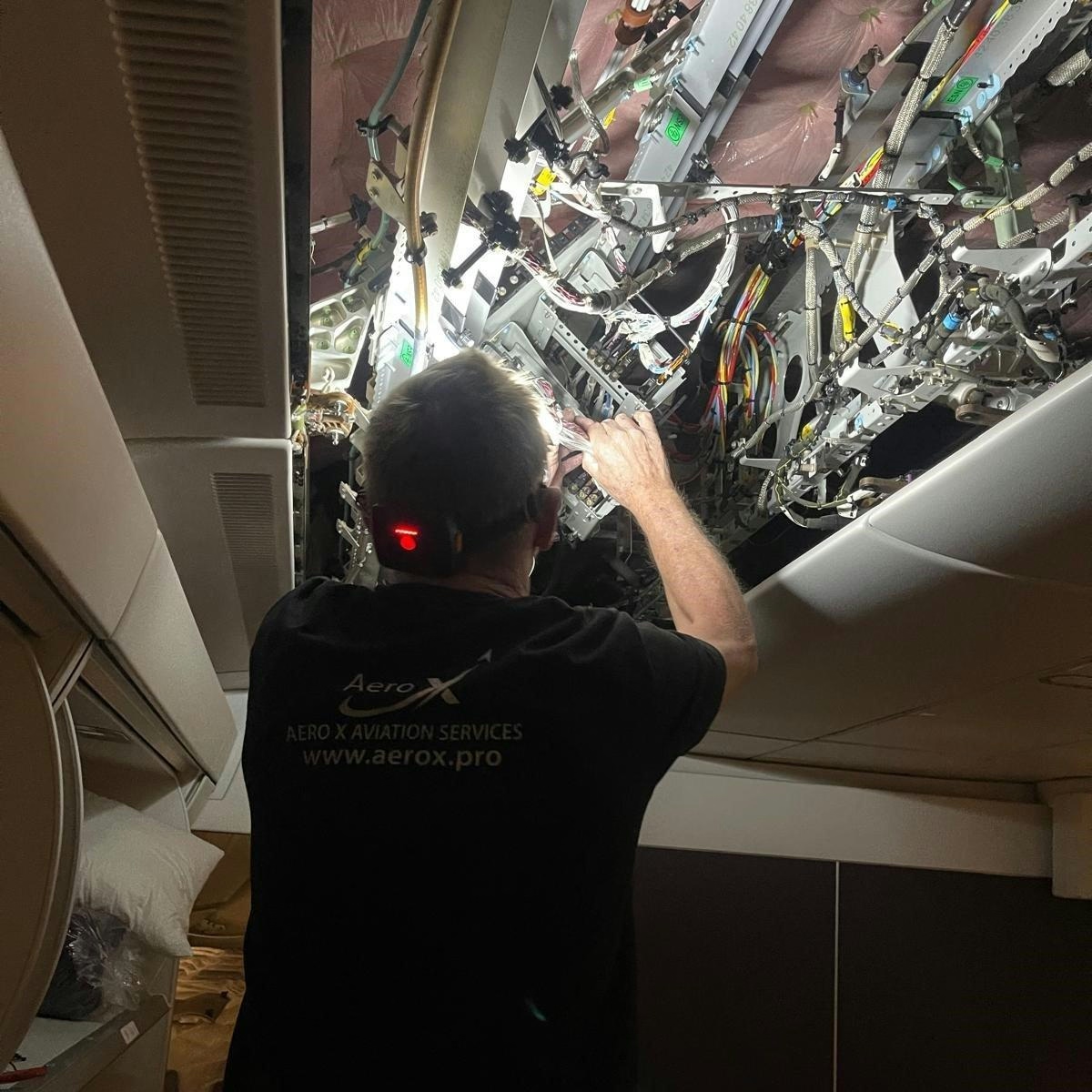
Vallair and AeroX Form Partnership for Rapid Starlink Installations
